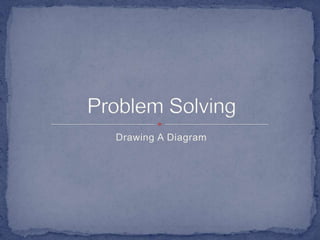Report
Share

Recommended
Recommended
Understanding transport system using System Dynamics and System ThinkingUnderstand the complexity of urban transport problem, using the Causal Loop D...

Understand the complexity of urban transport problem, using the Causal Loop D...Research Center of Transport Planning and Traffic Engineering Institute of Transportation TU-wien
More Related Content
Viewers also liked
Understanding transport system using System Dynamics and System ThinkingUnderstand the complexity of urban transport problem, using the Causal Loop D...

Understand the complexity of urban transport problem, using the Causal Loop D...Research Center of Transport Planning and Traffic Engineering Institute of Transportation TU-wien
Viewers also liked (9)
Understand the complexity of urban transport problem, using the Causal Loop D...

Understand the complexity of urban transport problem, using the Causal Loop D...
More from rebeccapicklum
More from rebeccapicklum (11)
Problem solving using a diagram
- 1. Drawing A Diagram Problem Solving
- 2. Drawing a picture or a diagram of a word problem often reveals aspects of the problem that you may not see at first. If the situation in the problem is difficult to visualise, a diagram, using simple pictures or symbols may help you to understand the problem better. Why Use Diagrams?
- 3. How many markers would be needed if you were to place a marker at every two metre point on a ten metre rope? Using a Line to Symbolise an Object
- 4. Using the information on the sign post, calculate how far away you are from the city when you are 17km from the ocean. Using a Time/Distance Line
- 5. If you have to draw a diagram of a large area, the diagram will need to be scaled down. Scale